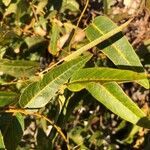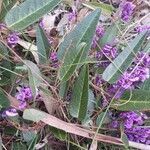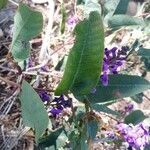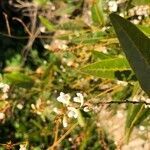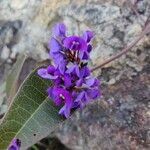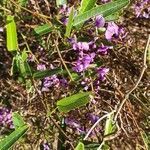Climbs over low bushes by the coast and to nearby mountains in open forests and on heaths. Dry sclerophyll forest at elevations from 650-1,200 metres.
Climbs over low bushes by the coast and to nearby mountains in open forests and on heaths. Dry sclerophyll forest at elevations from 650-1,200 metres.
